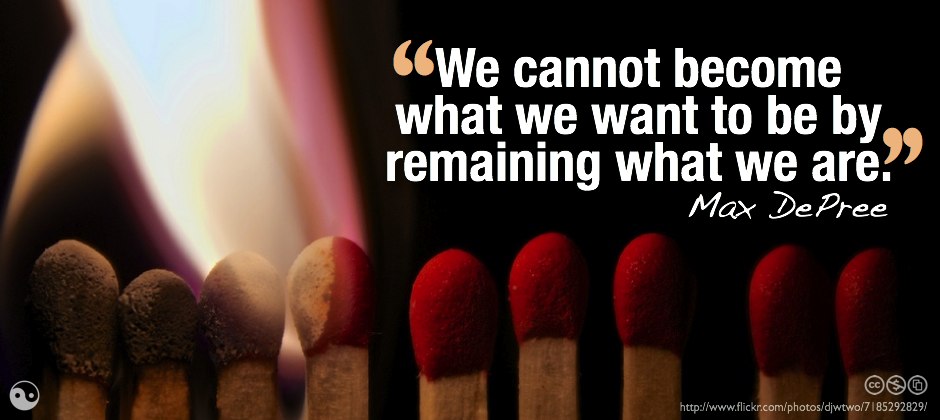Ignition: Training Methodology
The Tai Chi Transformation coursework contains three Tai Chi forms. All three are based in the Yang Tai Chi traditions, and provide a balanced blend of strength and flexibility training, as well as mental focus and relaxation. The training is sequential: you begin with the Primal 13 small circle form, progress to the popular Yang 24 short form, and then advance to the Taijijian 32 Sword weapons form.
It is important that you learn the forms in that order. While it may be tempting to jump straight to the Sword Form because it’s so awesome, you need the foundation of the earlier forms in order to get the most from your training. The 24 Short Form builds upon the lessons learned in the Primal 13, and the 32 Sword Form switches to fine-grain sandpaper to polish what you’ve already learned while also challenging you with an entirely new range of subtleness, relaxation and energy expression.
Tai Chi Concepts Decoded
Another reason for following this linear progression is how this course will “unpack” or decode the Tai Chi principles and concepts. Most Tai Chi books and training courses load you up with history and philosophy at the very beginning, if it is included at all. Unfortunately, most people have no context with which to digest and fully understand this very abstract information. The Tai Chi principles and concepts only begin to make sense after you’ve begun practicing Tai Chi.
Therefore, instead of “front-loading” principles and concepts, the Tai Chi Transformation coursework brings them to light as you begin to encounter them within the forms practice. For example, the Primal 13 form introduces you to the Eight Core Powers of Tai Chi, along with the Five Directions concept of movement. These are explained fully as you are learning sequences that illustrate or embody these principles. What you learn here can then be applied to later forms.
Along the way you’ll learn all about the origins and history of Tai Chi Chuan, the philosophical meaning of “Tai Chi” and the foundations of Yin and Yang, the traditional Chinese view on Qi or vital life energy, and so much more. In addition, you will also learn the practical meaning behind the postures as we decode the martial arts tactics that are cleverly embedded – and sometimes encrypted – within the movements.
Minimal Effective Dose
The concept of Minimal Effective Dose began to be applied to Tai Chi as it started to be incorporated into medical therapies of all kinds. Minimal Effective Dose (or MED) refers to the absolute smallest amount of medication or therapy that can be prescribed in order to achieve the desired results. In Tai Chi, this essentially means how little training can I do and still gain the benefits?
Unless you have opted to become a Taoist monk and live in isolation on a mountain top, you probably have an overwhelming list of responsibilities that are competing for your time and attention. There’s work or school, family and friends, and the full spectrum of personal demands and household chores. Who has time for Tai Chi practice?
Everyone. The beauty of Tai Chi comes from its flexibility and adaptability. Depending on your available time, your practice may take as little as two minutes per day, or maybe as long as an hour. The optimal training would be to do the warm up exercises, followed by the forms that you know, then a few minutes of cool-down. For most people, this will be about 20 minutes. If you have less time, just do the warm-up or just do a form. But don’t skip, and don’t rush.
Daily Practice and Going Deep
Far more important than investing a lot of time in a single session is to practice daily and practice deeply. Tai Chi is a form of Kung Fu. The Chinese concept of Kung Fu is “skill obtained through dedicated practice.” The benefits come from getting your daily dose of Tai Chi. It is no different from any other medication or health supplement: use daily for best results. If pressed for time, just do the 2-minute Small Circle form, but don’t skip a single day.
The real Secret Sauce in our Tai Chi training recipe is something called Deep Practice. Effective and efficient training isn’t just about logging practice hours; the true magic happens when each and every minute of your training is fully engaged, highly focused, and playfully challenging. This is an idea fully explored in the book The Talent Code:
The sweet spot: that productive, uncomfortable terrain located just beyond our current abilities, where our reach exceeds our grasp. Deep practice is not simply about struggling; it’s about seeking a particular struggle, which involves a cycle of distinct actions.
— Daniel Coyle
Deep Practice isn’t something that can be summed up in a paragraph, but rather a specific learning skill that we are going to integrate into each and every lesson. The key phrase to remember: If it doesn’t challenge you, it doesn’t change you.
Ready to begin? Our next step is to get the muscles moving and make sure the joints are well-lubricated. At the same time, we’ll be listening to our bodies and getting in touch with the areas where we are tense or need a little extra attention. This set of movements is called the Tai Chi Warm-up.

